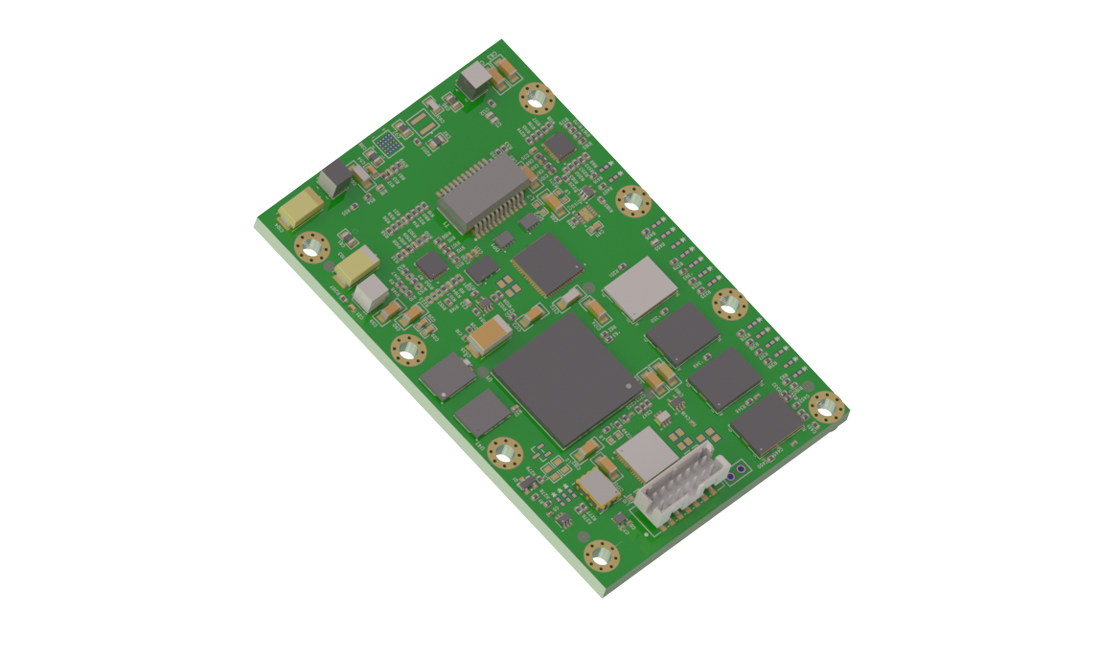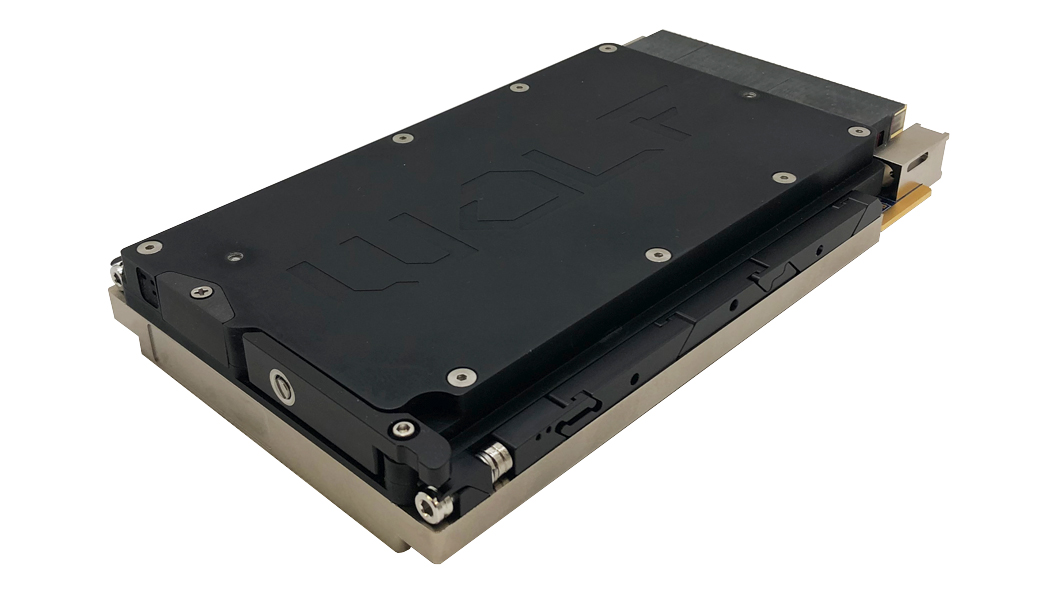Enhanced DSP Library Harnesses Intel® 256-bit AVX Instruction Set for Acceleration of Digital Signal Processing (DSP) Algorithms
ASHBURN, VA – December 14, 2011 — Curtiss-Wright Controls Embedded Computing, a business group of Curtiss-Wright Controls and a leading designer and manufacturer of commercial off-the-shelf (COTS) VME, VPX, VXS and CompactPCI products for the rugged deployed defense and aerospace market, has announced an enhanced, updated version of its comprehensive DSP function library, Continuum Vector, that is optimized for use with Intel’s new 2nd Generation Core i7 processors. Designed for use in aerospace and defense signal processing applications such as radar, sonar, and SIGINT, the Continuum Vector DSP function library provides a rich set of signal processing subroutine building blocks. It speeds the development of embedded signal processing systems and eases the migration of hundreds of legacy platforms based on AltiVec-based DSP libraries to new Intel processor based designs.
The newly optimized version of Continuum Vector enables developers of military signal processing applications to easily access the power of the Intel’s 256-bit floating point AVX instructions one of the major enhancement introduced with Intel’s 2nd Generation Core i7 processor. With its wider 256-bit registers, AVX instructions support twice as many floating point elements as previous SSE implementation, effectively doubling performance. Many DSP algorithms can take advantage of these wider instructions. For example, commonly employed FFT functions show up to 1.8x improvement in performance when performed with AVX.
“Continuum Vector has established itself as a powerful tool for system integrators building and developing demanding signal processing applications,” said Lynn Bamford, vice president and general manager of Curtiss-Wright Controls Embedded Computing. “This is our second major release of Continuum Vector with support for Intel processors, and demonstrates Curtiss-Wright’s leadership in providing support to customers who want to migrate their legacy PowerPC® radar and SIGINT applications to the newest generation of DSP hardware.”
Continuum Vector features over 140 commonly used DSP functions, and supports native operation on Intel-based desktop computers (running Linux). It enables developers to generate algorithms on a desktop PC environment before target hardware becomes available, to significantly reduce development time and speed time to market. The new Intel AVX-optimized version of Continuum Vector uniquely retains the same API as earlier AltiVec-based versions, but enables compiling on an Intel-based platform. The library supports the industry standard VSIPL interface, as well as an industry standard API.
The Continuum Vector library enables algorithm developers to work with high-level signal-processing functions instead of complicated low-level programming. Continuum Vector is supported on all of Curtiss-Wright Controls’ Intel processor-based single board computers and signal processing engines, including the CHAMP-AV8, VPX6-1956 and VPX3-1256.
The Continuum Vector Library provides Application Programming Interfaces (APIs) that are compatible with other popular board vendor function library APIs. It also supports the industry standard Vector Signal Image Processing (VSIPL) interface API’s as well as the Continuum Vector API.
Continuum Vector Features:
* Signal Processing Library
* Supports native operation on desktop PCs
* Industry-standard APIs and open- standard APIs including VSIPL
* VxWorks and Linux support
Performance benchmarking reports are available. Please contact the factory for more information.
For pricing information, please contact the Factory.
Sales inquiries: Please forward all Sales and reader service inquiries to Jerri-Lynne Charbonneau, Curtiss-Wright Controls Embedded Computing, Tel: (613) 254-5112; Fax: (613) 599-7777; e-mail: [email protected].
For editorial information regarding Curtiss-Wright Controls Embedded Computing products or services, contact John Wranovics, Director of Media Relations, Curtiss-Wright, Tel: (925) 640-6402; email. [email protected]. Web site: www.cwcembedded.com.
About Curtiss-Wright Controls Embedded Computing
Curtiss-Wright Controls Embedded Computing is the industry’s most comprehensive and experienced single source for embedded solutions, ranging from Processing, Subsystems, Data Communication, DSP, and Video & Graphics to the most advanced board level components and fully integrated custom systems. The Embedded Computing group serves the defense, aerospace, commercial and industrial markets and is part of Curtiss-Wright Controls Inc.
About Curtiss-Wright Controls, Inc.
Headquartered in Charlotte, North Carolina, Curtiss-Wright Controls is the motion control segment of Curtiss-Wright Corporation. With manufacturing facilities around the world, Curtiss-Wright Controls is a leading technology-based organization providing niche motion control products, subsystems and services internationally for the aerospace and defense markets. For more information, visit www.cwcontrols.com/.







